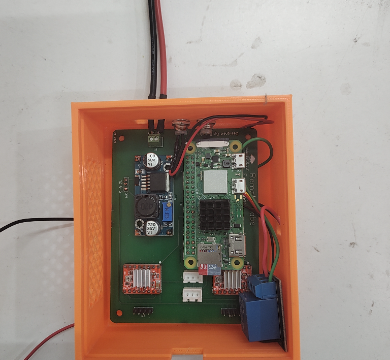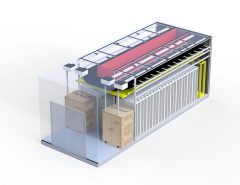Authors: K. S. Viswanadh, Akshit Gureja, Nagesh Walchatwar, Rishabh Agrawal, Shiven Sinha, Sachin Chaudhari, Karthik Vaidhyanathan, Venkatesh Choppella, Prabhakar Bhimalapuram, Harikumar Kandath, Aftab Hussain
Published on: February 08, 2024
Impact Score: 8.07
Arxiv code: Arxiv:2402.05466
Summary
- What is new: A low-cost, scalable remote labs solution using IoT components, portable hardware, and a comprehensive software architecture that includes live streaming without dedicated servers and automated status checks via computer vision.
- Why this is important: Existing remote labs are expensive and difficult to scale, limiting access for students, especially in developing countries.
- What the research proposes: A new, affordable and scalable RLabs solution that uses IoT to make lab experiments like Vanishing Rod and Focal Length more accessible and engaging for students.
- Results: The RLabs platform was positively received by students, improving both learning experiences and usability, and was effective across a variety of hardware and IoT platforms.
Technical Details
Technological frameworks used: IoT-based remote lab framework with modular software architecture.
Models used: Computer Vision models for automated experiment status checks.
Data used: User feedback data for qualitative evaluation.
Potential Impact
Education technology providers, especially those serving remote laboratory education markets, and IoT platforms looking to enter or expand within the educational sector.
Want to implement this idea in a business?
We have generated a startup concept here: EduLabStream.




Leave a Reply